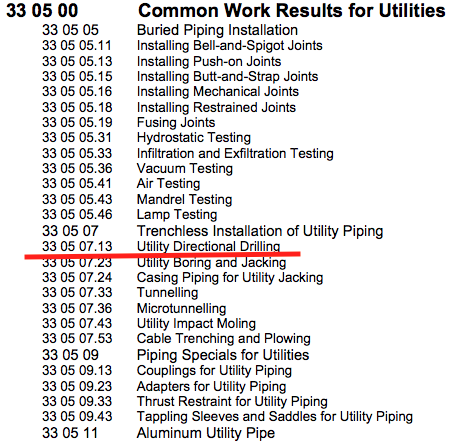

However, microscopic communities are also threatened by decreasing biodiversity and many species including freshwater algae can disappear without even knowing they were present in the habitat. International and national protection strategies and directives focus mainly on macroscopic organism and attempt to maintain their endangered habitats. Measuring the seasonality of the δ18O and δ2H is important to interpret the results and these data are useful to water management experts to identify the lakes at risk of running dry. As direct measurement of evaporation is difficult to evaluate, stable isotope measurements provided an effective quantitative alternative to estimate evaporation. We found that isotope ratios were determined by the maximum monthly temperature in the case of oxbows in the active floodplain, while in case of oxbows on the reclaimed side, this was also influenced by the maximum monthly temperature, and the cumulative evaporation. The average difference in the isotopic ratios for the river and oxbows increased from spring to winter, but decreased between the oxbows on both sides of the dyke. We determined that isotope ratios changed as a function of time, due to evaporation and a varying water supply (precipitation and groundwater). We applied Random Forest Regression involving climatic data to reveal the connection with the stable isotopes. We collected water samples over 5 years in seven campaigns to measure the δ18O (‰) and δ2H (‰) ratios in 45 oxbow lakes from the Upper Tisza Region (NE‐Hungary). These cut off meanders resulted in oxbow lakes which are important locations for nature conservation. embankments against floods) were constructed along the Tisza River and meanders were cut to control the floods in the region. As a result of water regulation, dykes (i.e.


 0 kommentar(er)
0 kommentar(er)
